Assessments Become More Accessible With Speech Synthesis—and an Almost Human Voice
Edsurge
SEPTEMBER 24, 2018
EdSurge spoke with Häkkinen about the impact of new speech synthesis technologies on student assessments, and how his company is making the most of them. EdSurge: First, when we say “assistive technologies,” what exactly are we talking about? How do you present science, technology, engineering, and math content?


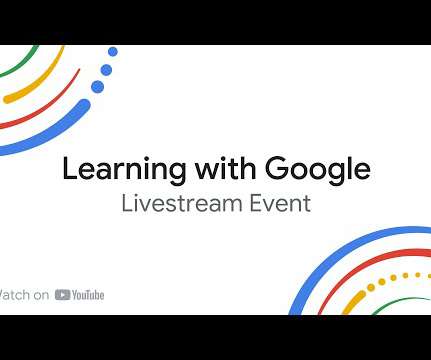
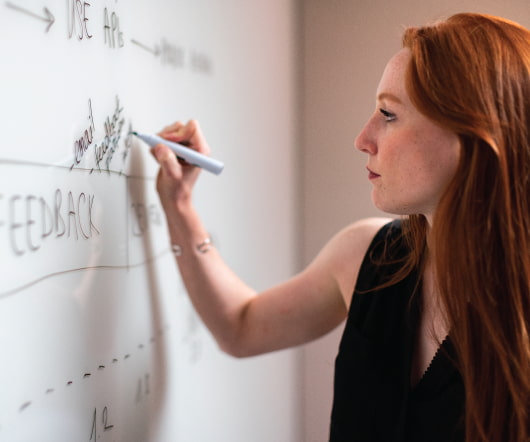
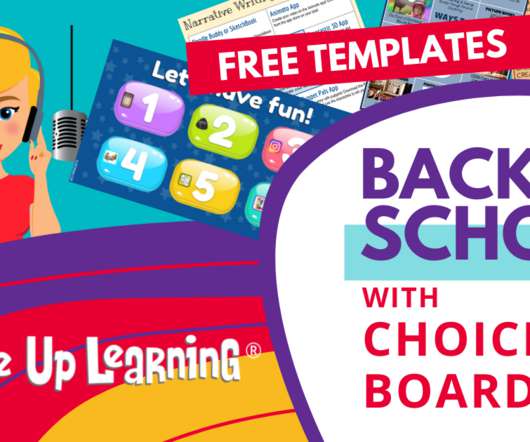



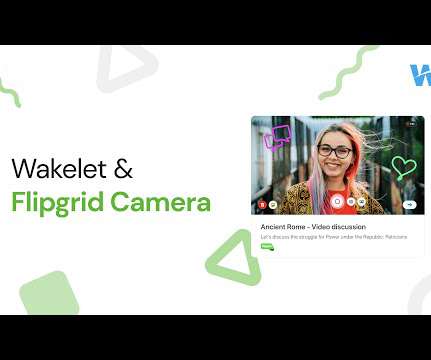

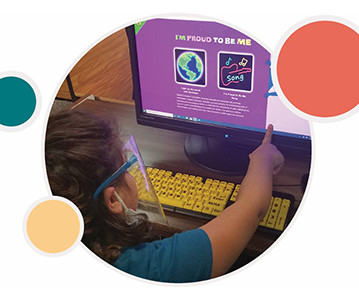










Let's personalize your content